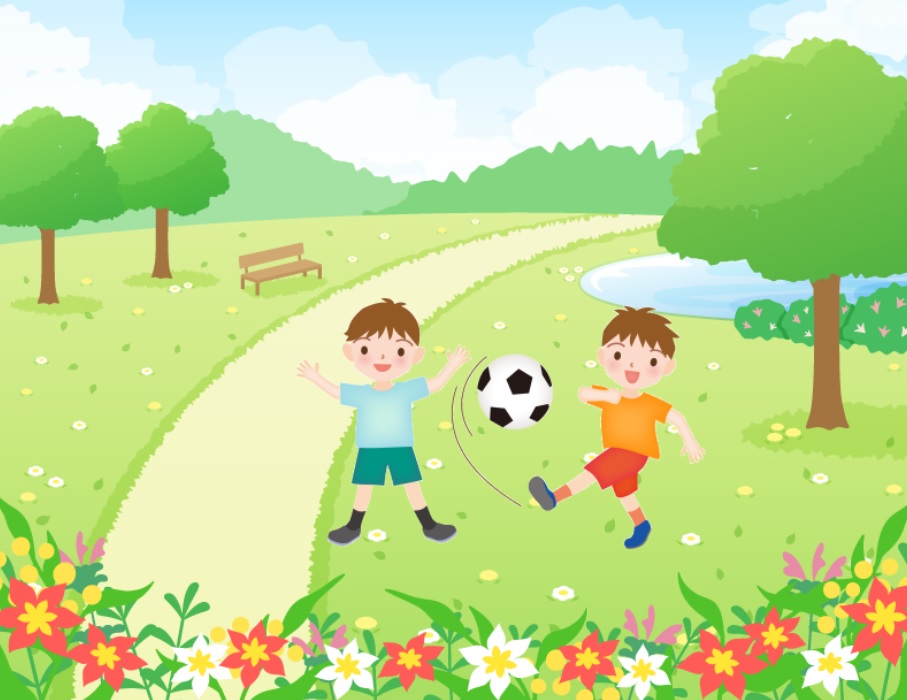In this material, you will learn how and when to use “there is” and “there are” and “like ~ing” in sentences.
Please read the following passage aloud. I will check your pronunciation as you read.
次の文章を音読してください。読みながら発音を確認します。

Sushi is one of the most popular foods in Japan. There are 5 basic kinds of sushi. There is a kind of spice that is used for sushi, which is called wasabi. Making sushi is easy; all you have to prepare are rice, vinegar, fish, and wasabi.
Betty likes making temakizushi. It is a kind of makizushi. It is a hand-rolled sushi with nori outside. She puts either fish meat, baked eggs, or shrimp inside it. Betty enjoys eating it for parties or festivals with her family.
Please answer the following questions based on the passage.
文章に基づいて、次の質問に答えてください。
| 1. Question | How many basic kinds of sushi are there? |
| Answer: | _______________________________________________ |
| 2. Question | Is there a spice that is used for sushi? |
| Answer: | _______________________________________________ |
| 3. Question | What does Betty like making? |
| Answer: | _______________________________________________ |
Describe the picture using the following expressions:
次の表現を使って、絵を説明してください。
“There is…”
“There are…”
“…like ~ing…”

“There is…”
“There are…”
“…like ~ing…”
Please answer the following questions based on the picture.
絵に基づいて、次の質問に答えてください。
| 1. Question: | Is there a pond? |
| Answer: | _______________________________________________ |
| 2. Question: | What sport do the boys like playing? |
| Answer: | _______________________________________________ |
| 3. Question: | How many trees are there? |
| Answer: | _______________________________________________ |
Please answer the following questions based on your experience.
あなたの経験に基づいて、次の質問に答えてください。
| 1. Question: | Are there any local sightseeing spots in your hometown? |
| Answer: | _______________________________________________ |
| 2. Question: | Is there a popular local food in your hometown? |
| Answer: | _______________________________________________ |
| 3. Question: | Do you like sightseeing? |
| Answer: | _______________________________________________ |
| 4. Question: | Which do you like better, watching sports or playing them? |
| Answer: | _______________________________________________ |
| 5. Question: | Is there a popular sport in your country? |
| Answer: | _______________________________________________ |
| Grammar 文法 |
Pronunciation 発音 | Vocabulary 単語 |
Comprehension 理解 |
|
|---|---|---|---|---|
 GOOD GOOD |
文法の誤りはほとんどなく、完全な文章で話すことができる | ほとんどの単語をはっきりと正しく発音することができる | 習った表現を適切に使うことができる | 文章を理解し、質問に正しく答えることができる |
 FAIR |
文法の誤りはあるが、完全な文章で話すことができる | 発音の練習が必要な言葉がいくつかある | たまにミスはあるが、習った表現を適切に使うことができる | 文章を完全に理解するのは難しく、質問に正しく答えられないときもある |
 POOR |
文章で話すのは難しく、単語だけで話すことができる | 発音の練習が必要である | 習った単語と表現を少しだけ使うことができる | 文章を理解するのは難しく、質問に答えるのは難しい |
レッスン教材の改善・拡充を図ることを目的とし、アンケートを実施しております。
以下のURLからアンケートにお答えいただき、 ご意見・ご要望をお聞かせください。
アンケートはこちら